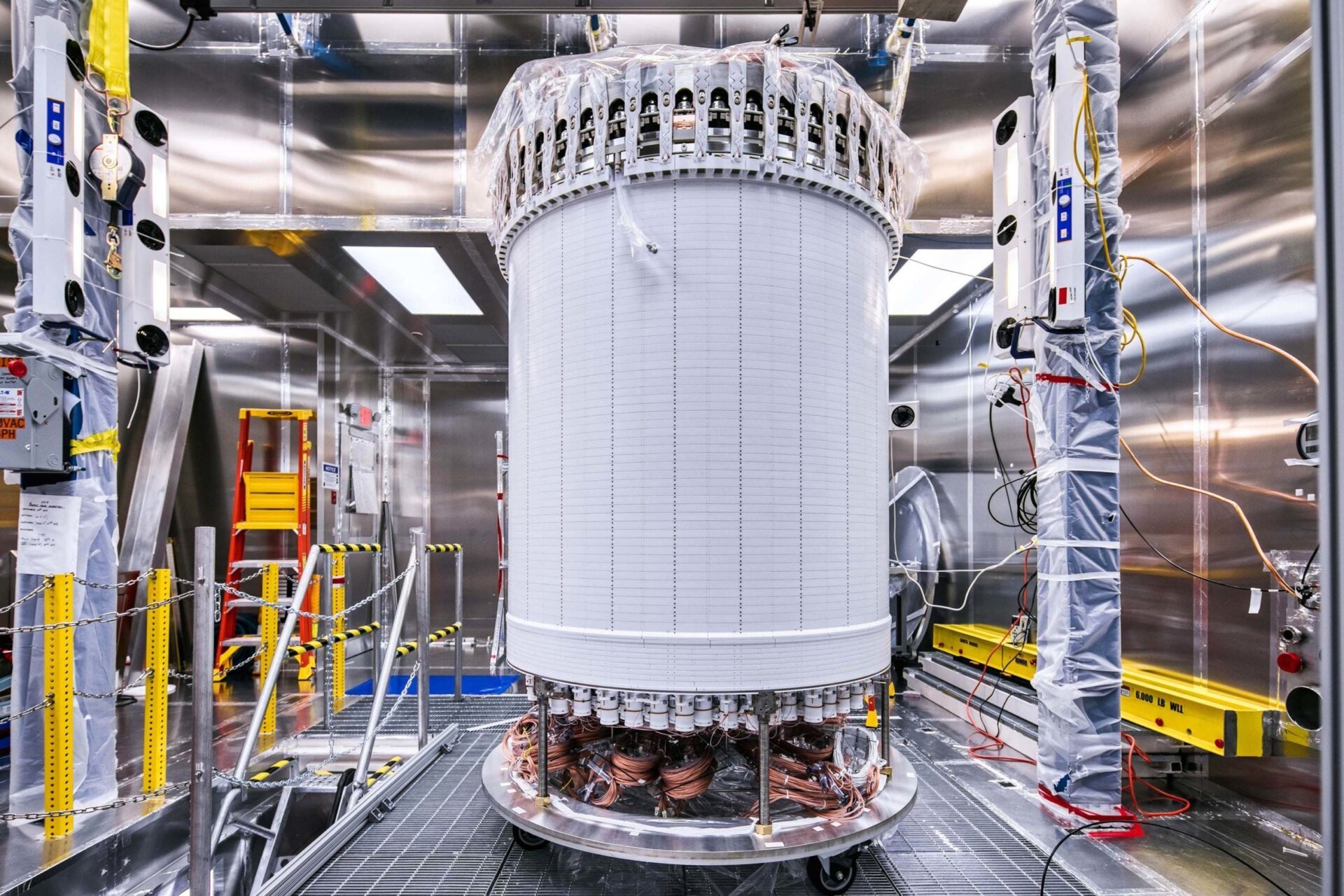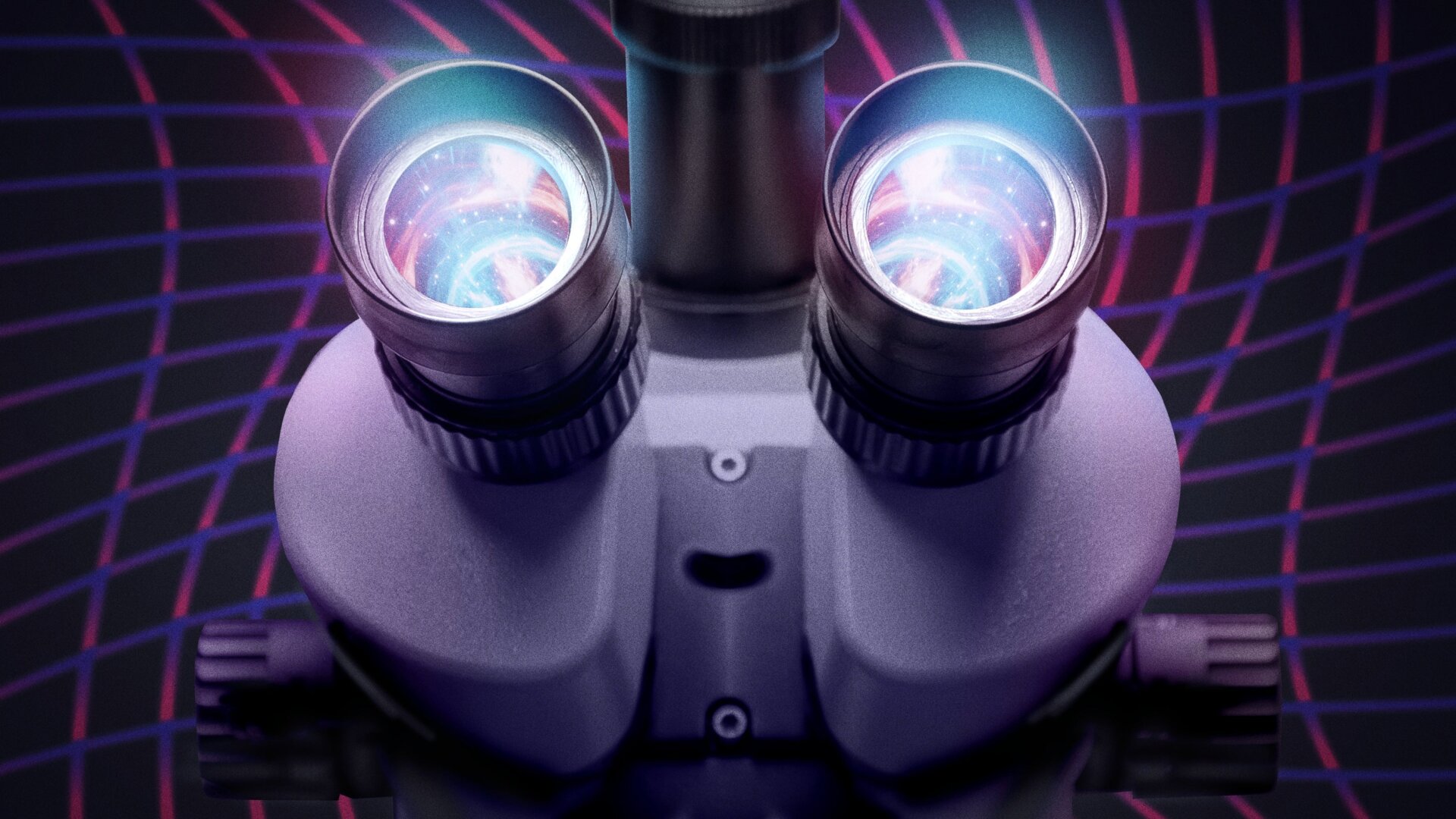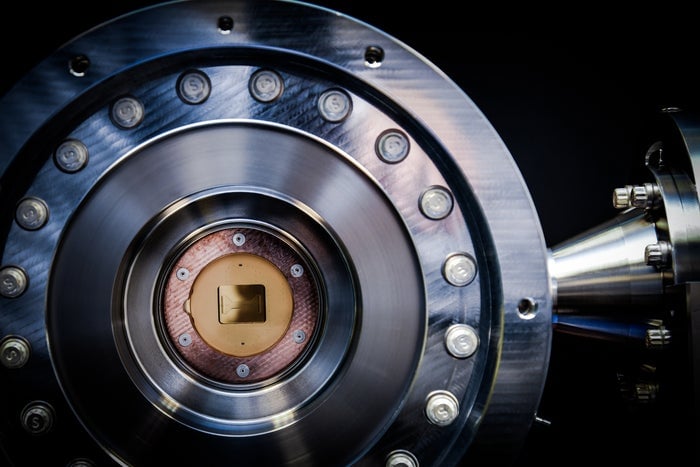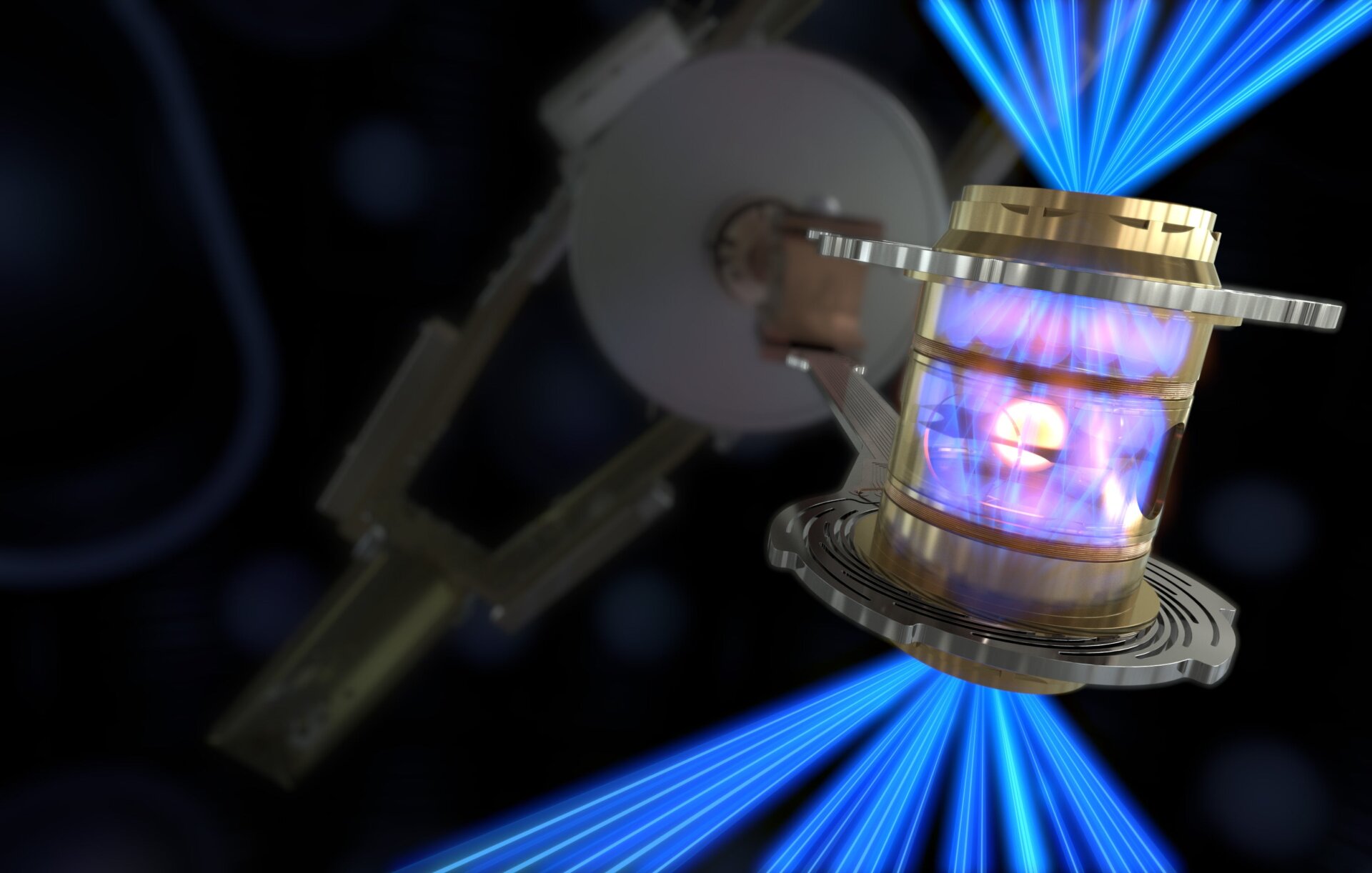The LUX-ZEPLIN (LZ) experiment, the world’s most sensitive dark matter detector, has released its initial findings after a 60-day run. While the search didn’t yield any dark matter particles, the team confirmed the detector’s functionality, paving the way for future exploration.
LZ utilizes nested tanks of liquid xenon, each measuring 1.5 meters in height and width, located deep beneath South Dakota. The experiment’s principle involves detecting the faint flash of electrons dislodged from a xenon atom when a dark matter particle collides with it. The mile-deep location minimizes background noise interference. This first data collection period spanned from December 25, 2021 to May 12, 2022.
“We’re searching for incredibly low-energy recoils, exceptionally rare events in particle physics,” explained Hugh Lippincott, a physicist at UC Santa Barbara and LZ team member, during a press conference. “A dark matter particle could traverse 10 million light-years of lead with only a single expected interaction.”
The Elusive Nature of Dark Matter and WIMPs
Dark matter constitutes approximately 27% of the universe, yet it remains undetectable through direct observation. Its presence is inferred from its gravitational influence on cosmic scales. Among the various dark matter candidates, Weakly Interacting Massive Particles (WIMPs) are prominent. Unlike axions or dark photons, which behave like waves, WIMPs possess mass but rarely interact with ordinary matter, demanding highly sensitive detectors like LZ.
LZ boasts a 30-fold increase in size and a 100-fold increase in sensitivity compared to its predecessor, the Large Underground Xenon experiment. Its layered design, likened to an onion by Lippincott, provides effective noise insulation to isolate potential WIMP interactions.
 The LZ Outer Detector shields against unwanted signals.The LZ Outer Detector shields against unwanted signals. Photo: Matthew Kapust, Sanford Underground Research Facility
The LZ Outer Detector shields against unwanted signals.The LZ Outer Detector shields against unwanted signals. Photo: Matthew Kapust, Sanford Underground Research Facility
Initial Results and Future Prospects
“Despite COVID restrictions and the recent activation of the detector, the team’s collaborative efforts in calibration and understanding the detector response have yielded significant early results,” stated Aaron Manalaysay, a physicist at Berkeley Laboratory and LZ team member. Although 335 potential events were identified during the 60-day run, none were attributed to WIMPs. This eliminates certain mass ranges for WIMPs but doesn’t preclude their existence. Dark matter detectors progressively narrow down the possible mass ranges for these elusive particles. Many physicists anticipate that the next major breakthrough in particle physics will originate from experiments like LZ.
The Road Ahead for LZ
The initial run marks the beginning of a planned 1,000-day operational period. The recent unblinded run allowed the team to assess the technology’s performance. Subsequent runs will incorporate “salted” data, introducing artificial signals to mitigate bias.
With twenty times more data expected in the coming years, the possibility of detecting WIMPs remains open. The continued exploration of dark matter by LZ holds the potential to revolutionize our understanding of the universe.
Continuing the Search
This initial run serves as a crucial step in the ongoing quest to unravel the mysteries of dark matter. The LZ team remains optimistic about the future potential of the experiment to shed light on this fundamental component of the cosmos.
More: 10 Years After the Higgs Boson, What’s the Next Big Thing for Physics?











